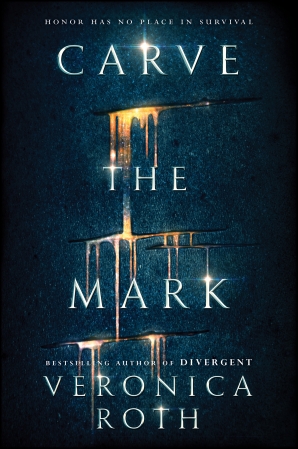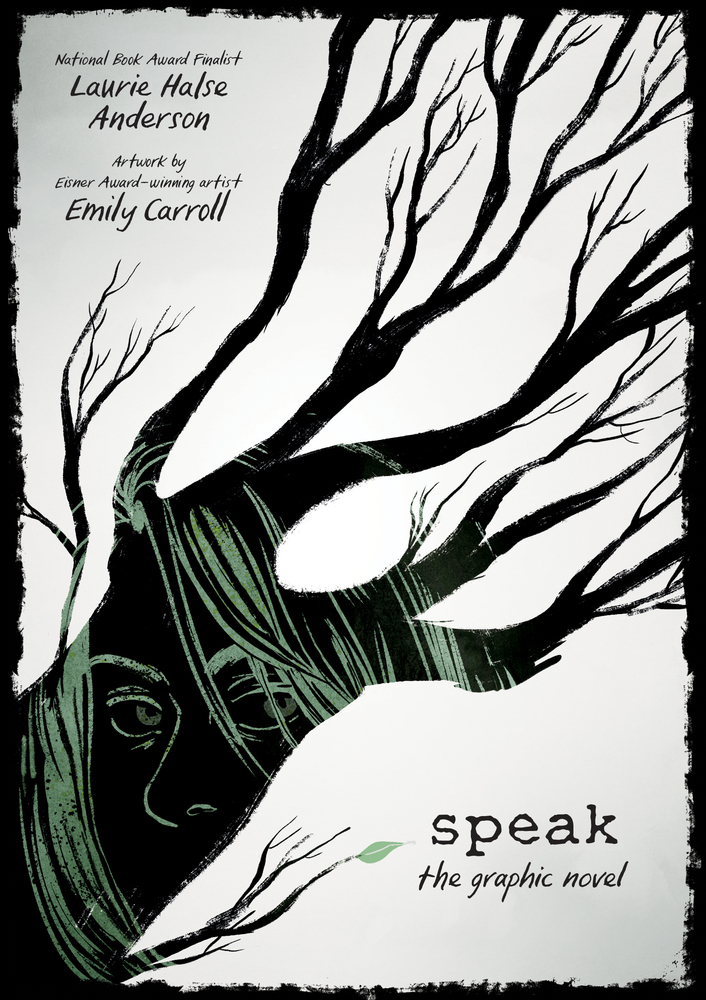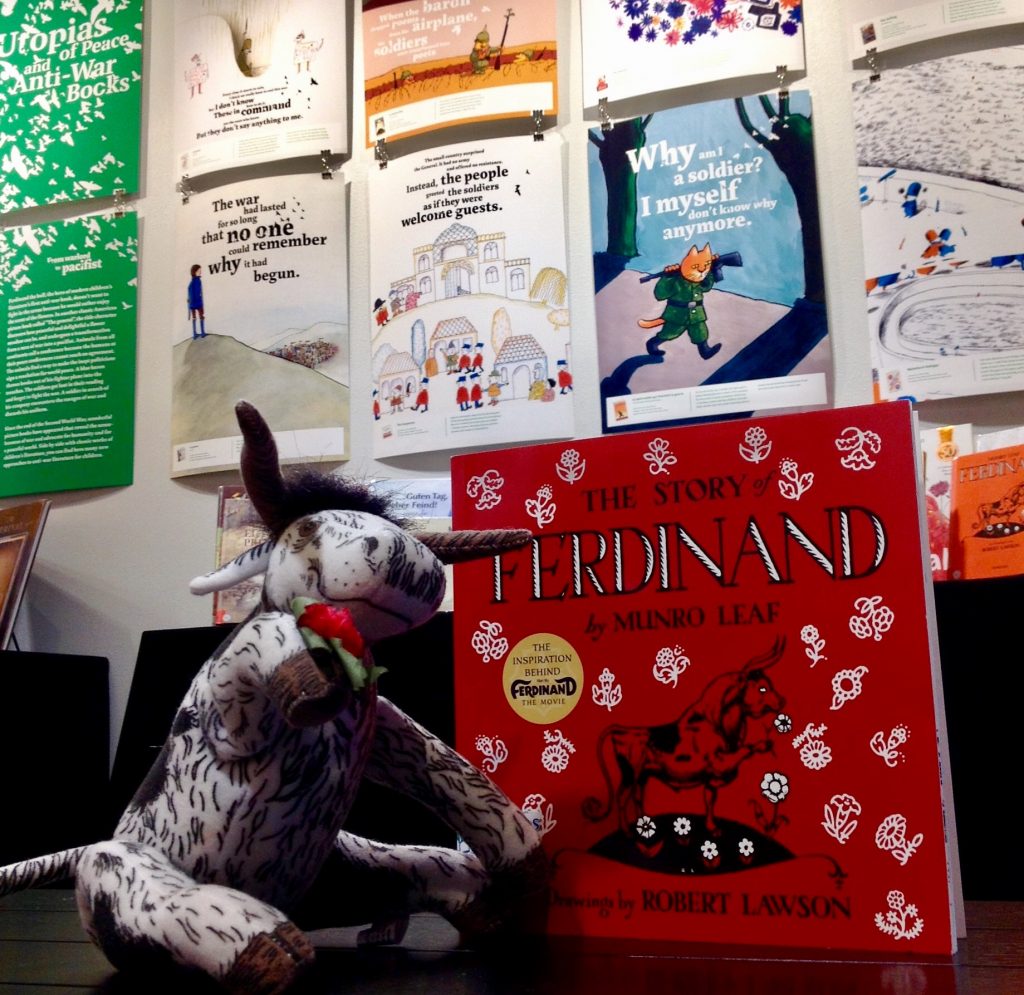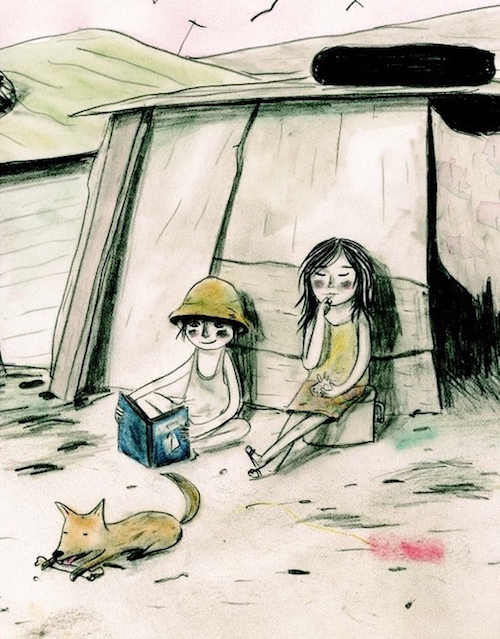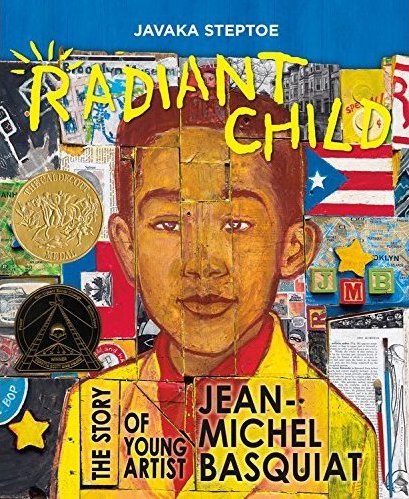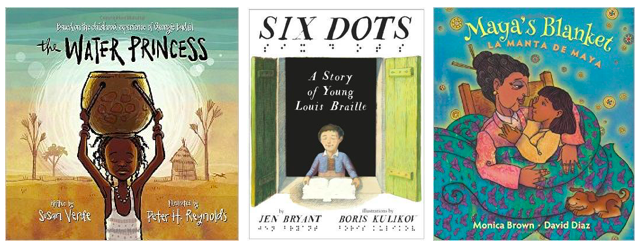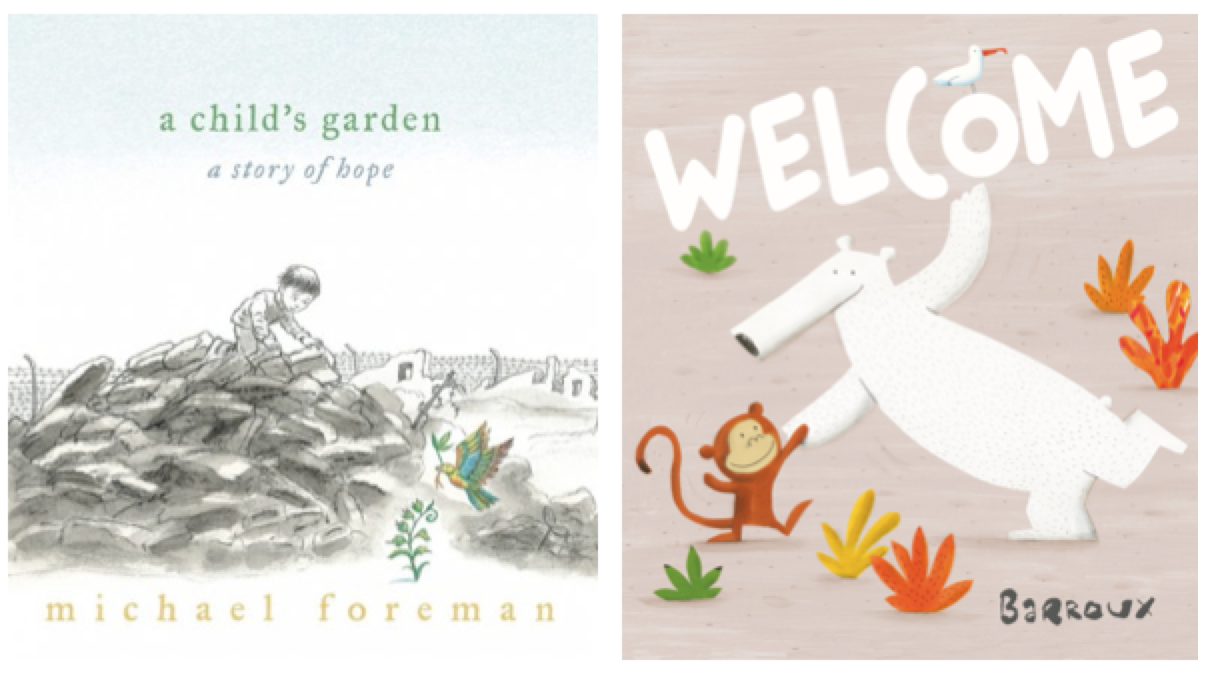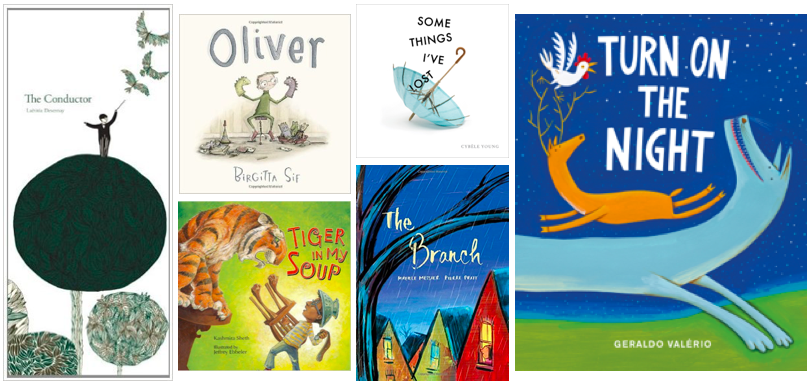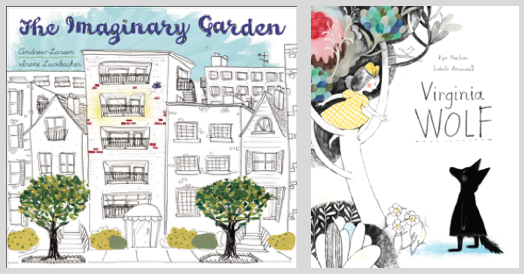By Grace Fell, The University of Arizona
From a young age, adults told me in a frustrated tone that I am too quiet. They told me I should speak up. I spoke quietly because I didn’t want to speak at all. I didn’t want to talk or look at anyone who I wasn’t absolutely comfortable with. Every day before school I cried because I dreaded the social environment of a classroom. My mother finally agreed to homeschool me to make me happier and more comfortable. Her friends and relatives judged her. They argued that I am just a little shy, that I should get over it. Though I hadn’t been diagnosed yet, I had crippling social anxiety. The lack of empathy from nearly everyone but my mother is depressing.


